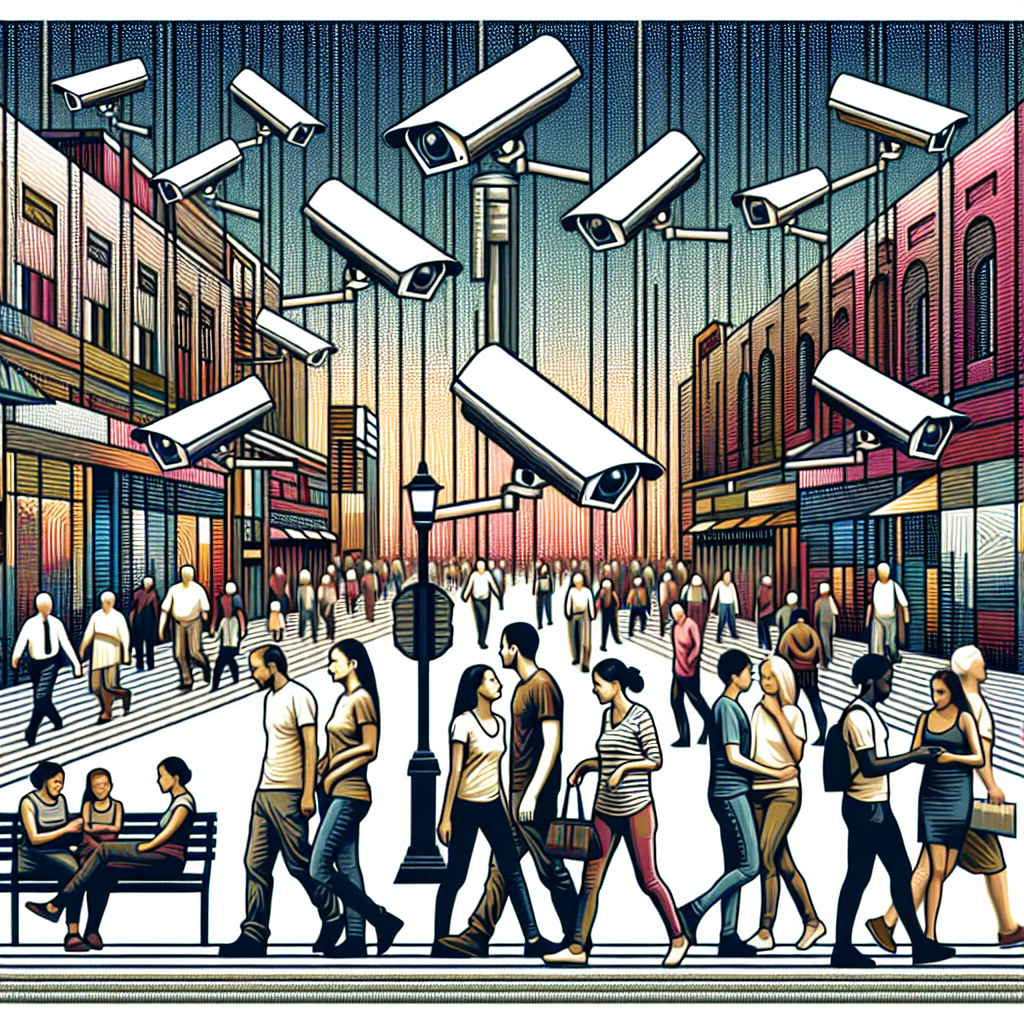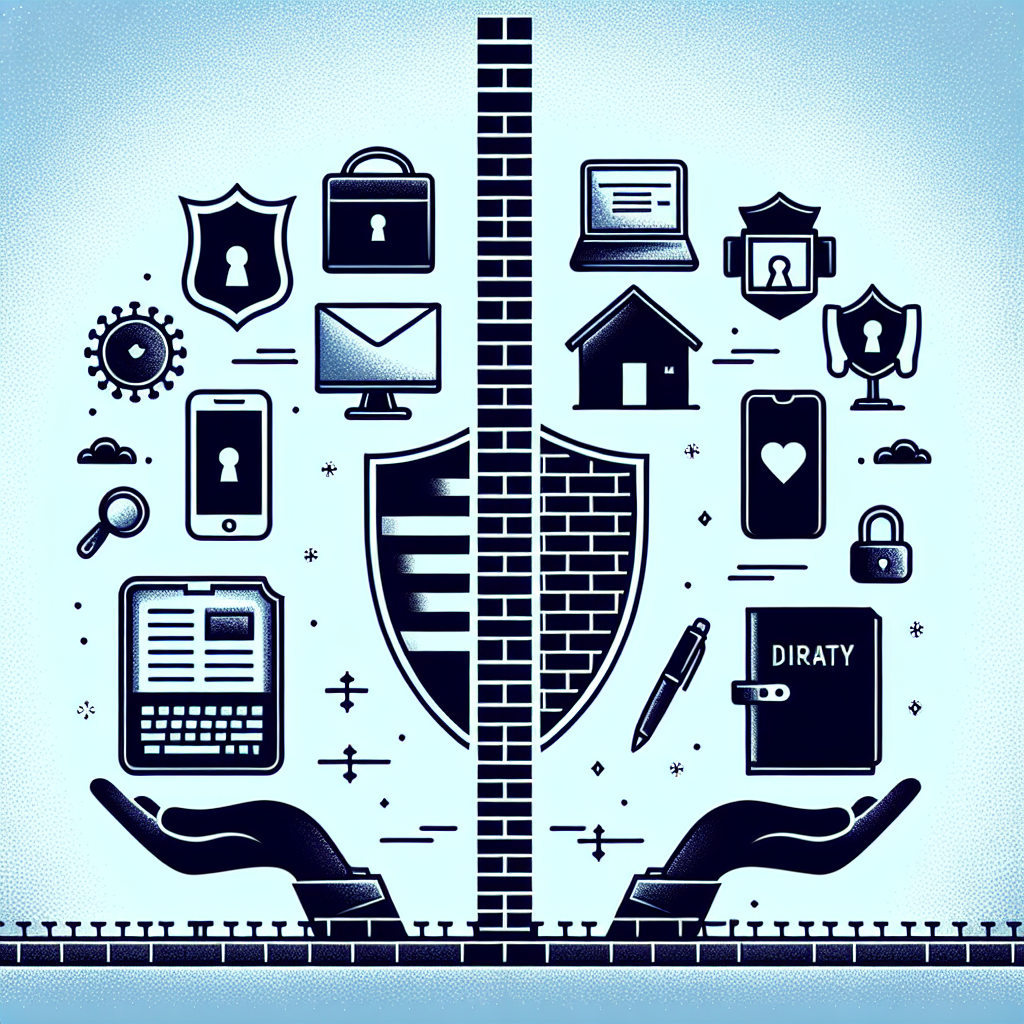Are Your Conversations Being Recorded? The Truth About Government Monitoring
Understanding Government Surveillance
In recent years, concerns regarding government surveillance have surged. Technological advancements have made it easier for governments to monitor communications, raising questions about privacy rights and civil liberties. Understanding the extent of government surveillance is crucial for every individual.
The Legal Framework
Government monitoring is often justified under the guise of national security, public safety, and crime prevention. Programs like the USA PATRIOT Act, enacted in 2001, expanded the government’s ability to conduct surveillance on potential threats. Under Section 215 of the act, the government can acquire business records, including communication metadata, without a warrant. This legislation set the tone for surveillance practices, emphasizing that monitoring can occur without an individual’s consent or knowledge.
Types of Surveillance
-
Phone Tapping
One of the most traditional methods of surveillance involves intercepting phone calls. While law enforcement requires a court order to tap a phone legally, misunderstandings about permissions can arise. In many cases, warrants are granted based on vague suspicions, leading to broader monitoring than intended. -
Internet Communication Monitoring
The power of the internet has led to a different dimension of monitoring. Government agencies can track emails, social media interactions, and even online purchases. Programs such as PRISM, revealed by whistleblower Edward Snowden, demonstrate how companies hand over user data to government entities, making online conversations susceptible to prying eyes. -
Location Tracking
With the rise of smartphone technology, every call, text, and internet session comes with a digital footprint. Law enforcement can track individuals’ locations through cell tower data and GPS capabilities. This intrusion into personal spaces raises concerns about anonymity and freedom from unwarranted scrutiny. -
Metadata Collection
Instead of recording the actual conversations, agencies often tap into metadata, which encompasses details without capturing the conversation’s content. Metadata can reveal who you speak to, the duration of calls, and when they take place. While this approach may seem less invasive, it provides a ‘big picture’ view of an individual’s social connections and behavior patterns.
Privacy Laws and Their Gaps
While many countries enact privacy laws to protect citizens, there are significant gaps. In the United States, the Fourth Amendment protects against unreasonable searches and seizures, but interpretations vary widely. Courts often rule that individuals have a diminished expectation of privacy in public areas or concerning shared data with third-party services.
Internationally, the General Data Protection Regulation (GDPR) in Europe has established stronger safeguards for personal data, but the efficacy varies by country. Many nations lack stringent regulations, allowing for more significant government overreach without accountability.
Public Opinion on Surveillance
The general public’s perception of government monitoring is complex. Surveys indicate a significant portion of individuals is concerned about privacy intrusion, yet many believe surveillance is necessary for security. This paradox leads to a tension between safety and privacy. Public opinion often sways during crises; for example, after terrorist attacks, there’s a noticeable incline in acceptance of increased surveillance. It’s a constant battle between feeling secure and maintaining individual privacy rights.
Implications of Surveillance
The implications of government surveillance extend beyond individual privacy. They include:
- Chilling Effects on Free Speech: Knowledge of possible surveillance can hinder individuals from expressing their views, particularly on sensitive topics. Fear of backlash can stifle public discourse and activism.
- Disproportionate Targeting: Specific communities, particularly minorities, often face heightened scrutiny under surveillance programs. Racial profiling becomes entrenched in monitoring strategies, leading to societal inequalities.
- Potential for Abuse: With extensive surveillance powers, the risk of misuse by authorities increases. Historical instances have shown that surveillance tools can be weaponized against political dissenters or marginalized groups.
Technologies Used in Surveillance
-
Artificial Intelligence (AI): AI algorithms analyze vast amounts of data collected from various sources. Their ability to identify patterns can help in recognizing suspicious behavior but raises concerns regarding discrimination and profiling.
-
Facial Recognition: This technology has proliferated across public spaces and can be integrated with databases for monitoring individuals. The accuracy of such tools is debated, with issues surrounding biases and errors prompting outcry for regulations.
-
IoT Devices: Internet of Things (IoT) devices, such as smart speakers and security cameras, have become common in households. These devices often listen for voice commands but can inadvertently collect data about activities and conversations. This raises the question of how secure these devices are against government access.
Steps to Protect Your Privacy
-
Use Encrypted Communication Tools: Adopting end-to-end encrypted messaging platforms such as Signal or WhatsApp can enhance privacy. Such apps ensure that even if data is intercepted, it remains secure.
-
Avoid Unsecured Networks: Public Wi-Fi networks pose risks as they lack security protocols. Utilizing a virtual private network (VPN) can help mask your online activities.
-
Monitor Permissions for Apps: Regularly check the permissions granted to applications on your devices. Limit access to location, microphone, and camera where necessary.
-
Be Aware of Metadata: Understanding that even when content is secure, metadata can reveal a lot about your habits and connections is crucial. Practice discretion in communications.
-
Educate Yourself and Others: Staying informed about your rights and the tools available for protecting your privacy can empower you and improve your collective security awareness.
The Future of Government Monitoring
As technology continues to evolve, so too will the methods and justifications for government surveillance. Ongoing debates about privacy rights, security needs, and the ethical implications of surveillance practices will shape future legislation and public sentiment. Engaging in open dialogues about the balance between security and privacy remains essential in fostering an informed society that values civil liberties.













Leave a Reply